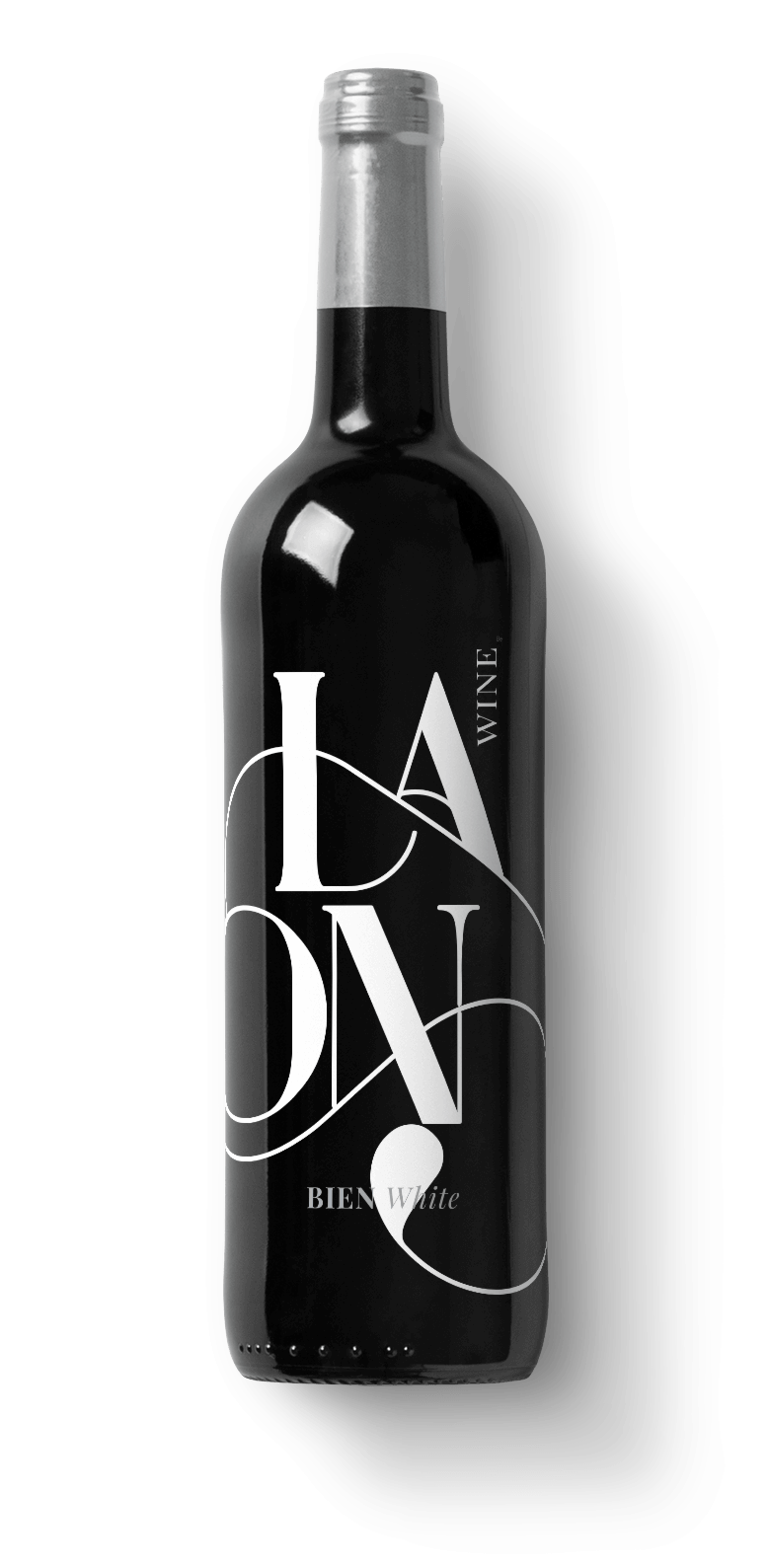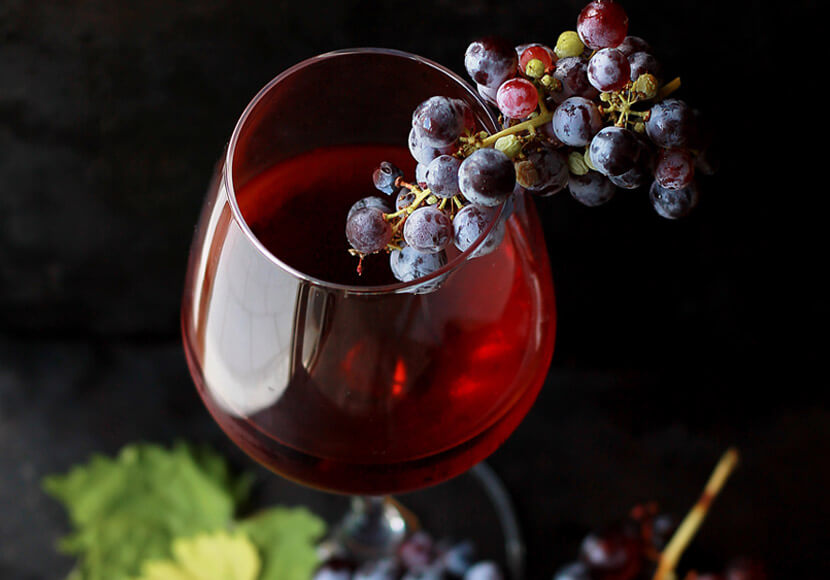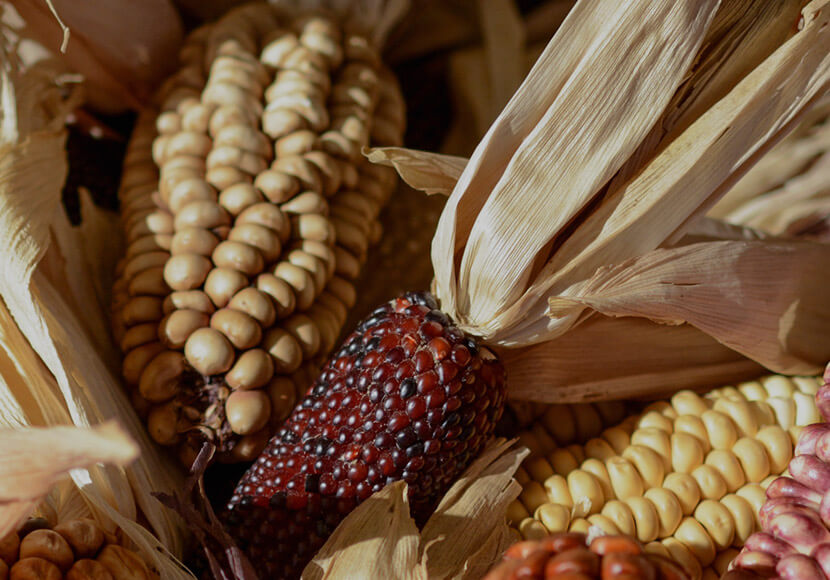C
osta d'Amalfi is a DOC of the Campania wine region in southern Italy. Introduced in August 1995, it covers red, white and rose wines produced along the famous Amalfi Coast (also known as the Amalfitan Coast or Il Costiera Amalfitana).
This area has long been famous for its dramatic scenery and rugged terrain, not to mention the picture-postcard seaside villages lining the hills and bays.
The terroir and viticultural methods here are dictated by the topography and geology of the Amalfi Coast. The need for terracing on the steep cliffs and hillsides is obvious, and precludes the use of mechanized harvesting equipment.
Near-sheer drops of more than 2000ft (610m) lead to the azure coastline of the Gulf of Salerno; many vineyards here are as expensive to harvest as they are beautiful to look at. Ironically, this alluring ruggedness may have saved Amalfi's vineyards from the fate experienced by those on Capri, where lucrative tourism has proved an irresistible alternative to viticulture and vineyards have been uprooted.
Three Amalfi Coast villages have been singled out as sources of particularly fine Costa d'Amalfi wine, and as such may include their name as part of the DOC title on labels. These are Furore, Ravello and Tramonti. Red Costa d'Amalfi wine is entitled to use the word riserva only if it is from one of these three communes and has undergone two years of ageing, including at least 12 months in barrel.
Costa d'Amalfi Rosso is based on classic Campanian red varieties Aglianico and Piedirosso, which are complemented by Sciascinoso (also known as Olivella), a lesser-known variety more commonly associated with Sannio wines from northern Campania.
Their Costa d'Amalfi Rosato cousins use the same combination of grapes to create intensely berry-scented rose wines, mostly dry in style.
The white Costa d'Amalfi Bianco wines are primarily composed of Falanghina and Biancolella, under their respective local names Biancazita and Biancatenera. Several other local grape varieties are also permitted in the bianco wines.
The uvaggio (encepagement) used to make all of these styles is singularly focused on long-established, local grape varieties. While this reinforces the authentic, idiosyncratic qualities of the local wine, this respect for tradition comes at a price. Modern consumers are increasingly seeking out wines bearing familar grape names such as Cabernet Sauvignon, Merlot, Sangiovese and even Montepulciano and Primitivo.
These varieties could easily be introduced to the Costa d'Amalfi vine rows and would no doubt open up various marketing channels for the district's wines. It would, however, dilute the name of the Costa d'Amalfi, and of the product it represents.
Rather than prohibit the use of these more international varieties entirely, Italian wine authorities have permitted their use in IGT wines – a reasoned compromise between past and present which will hopefully safeguard the DOC's future.



